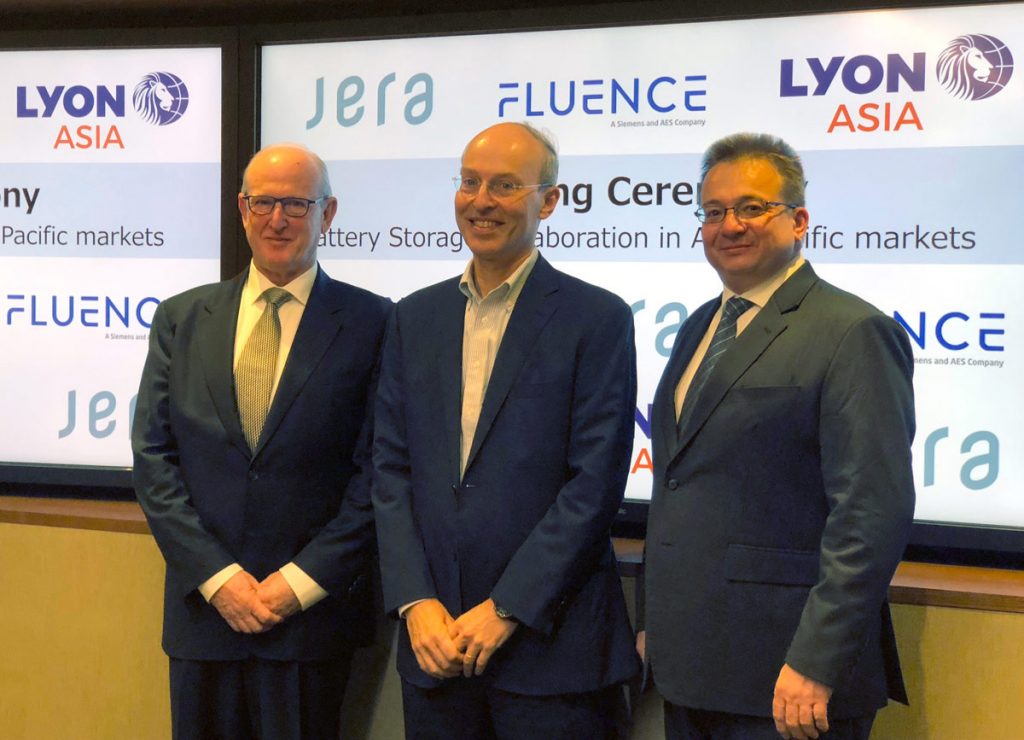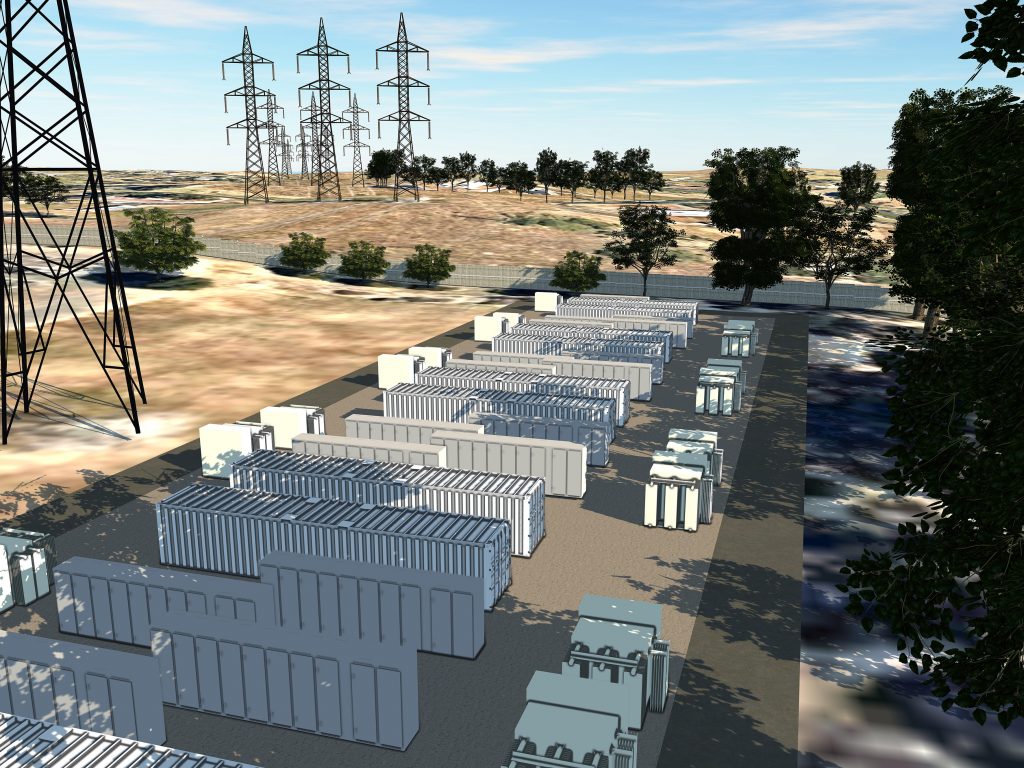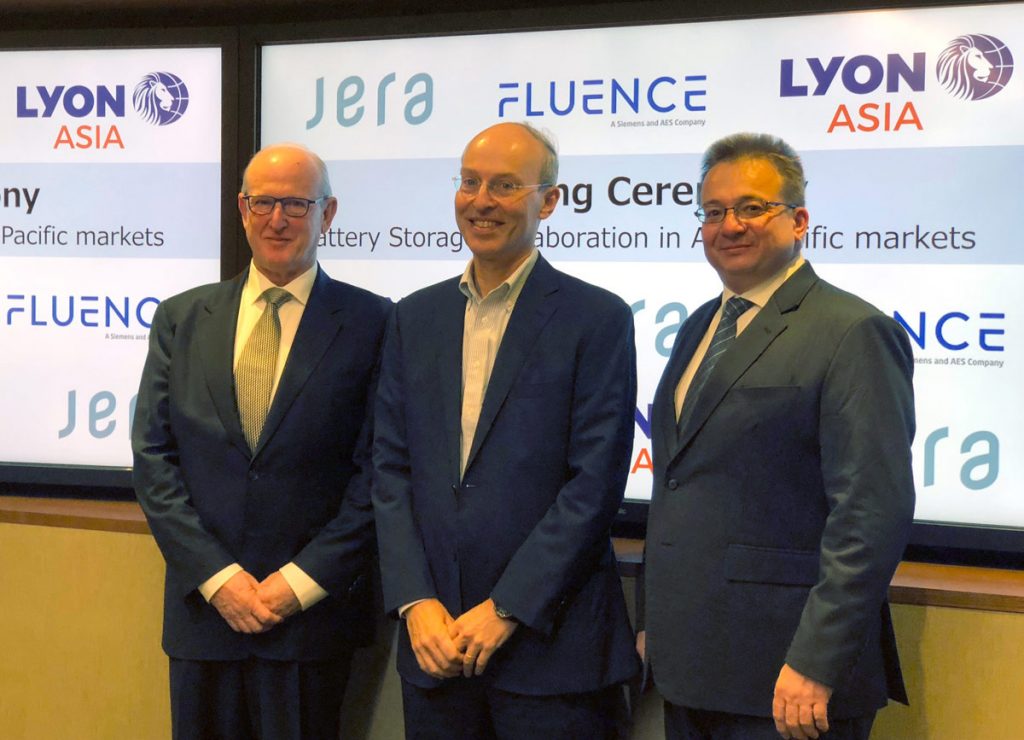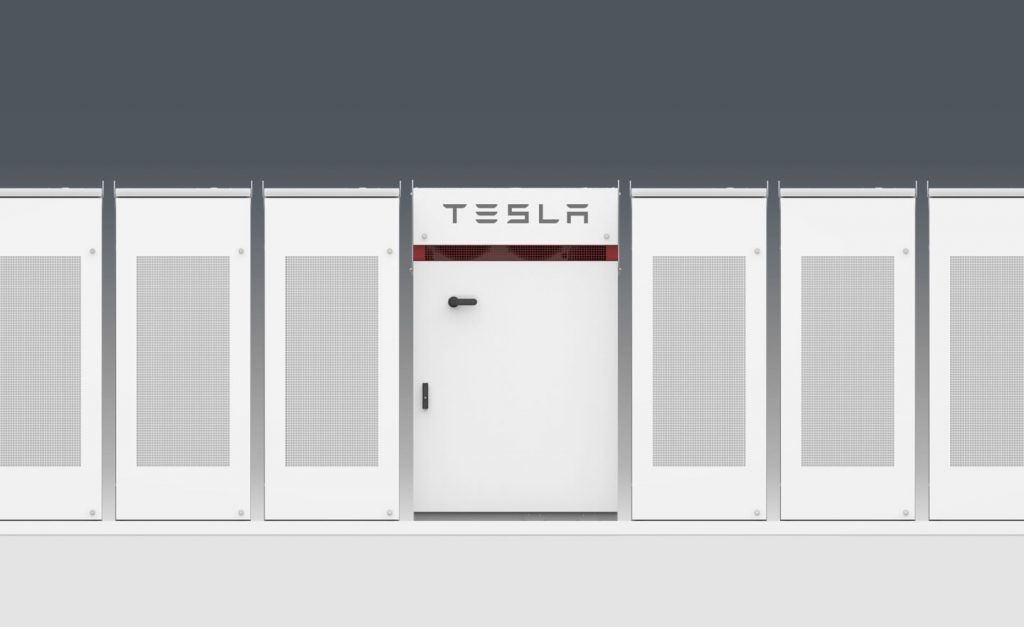The $150m Cape York Battery Power Plant is being developed by solar battery developer Lyon Group and will include Australia’s first large dispatchable solar generator.
Cape York Battery Power Plant

The Cape York Battery Power Plant will be the first large scale dispatchable solar energy generator in Australia’s national energy market.
It will be built by Lyon Group in conjunction with Japanese energy company JERA. JERA have an astounding 74GW of solar on their portfolio, so there will be a very experienced team working on the project.
“The Cape York Battery Power Plant will be the first fully integrated grid-connected large dispatchable solar peaker in Australia if not the world,” said Lyon Group chair David Green.
“It is a $150 million commitment to new peaking generation and a stronger grid in north Queensland.
“The 20MW/80MWh Fluence battery-based energy storage system plus 55MWac solar generation will dispatch firm clean energy through a single connection point, using a single power plant controller.” he continued.
The Cape York Battery Power Plant will also include Australia’s first four-hour duration battery system, which makes it the first large scale dispatchable solar energy generator in Australia’s national energy market.
Satoshi Yajima, Senior Vice President of Power Generation Business, JERA had some interesting things to say with regards to the shift from fossil fuels to renewable energy:
“JERA’s global generation fleet is mostly fossil fuel powered at present, but the company believes that Australia and most other countries will rapidly move beyond 50 percent renewable energy.
A very large volume of utility-scale battery storage will be required to achieve and move beyond 50 per cent renewable energy.
The Cape York Battery Power Plant is a small power plant within JERA’s portfolio, but we see this project as lighting the way to expand our renewables portfolio.”
Construction on the generator will start early this year after it secured its generator performance standard this week. This is one of the first projects to pass the new, more stringent grid connection requirements implemented in 2018. Can’t wait to see what this looks like when it’s complete and investigate some of the savings it brings.




